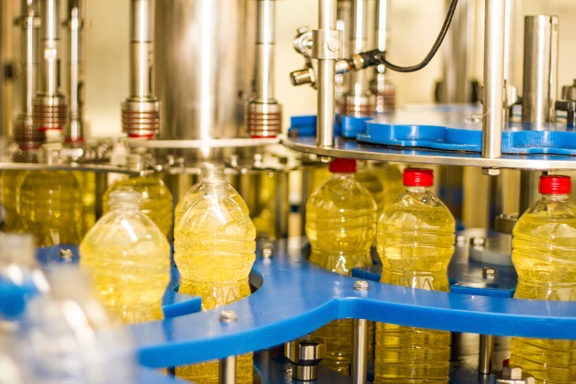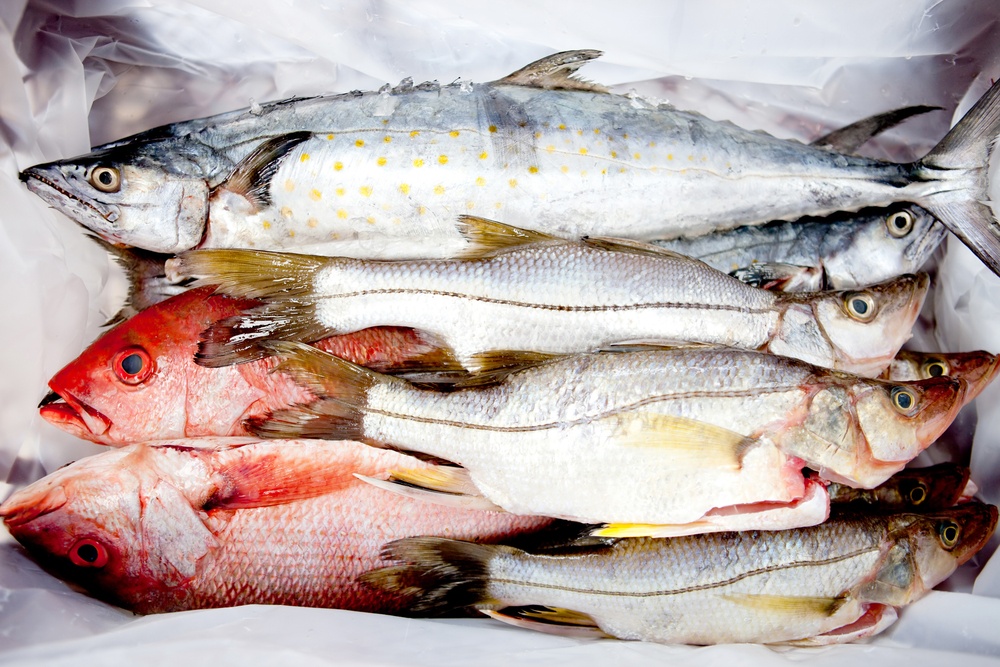Despite its remote location, the Amazonian basin is not immune to mercury contamination. A new study published in the Environmental Toxicology & Chemistry found the presence of mercury in two species of turtles and two species of caiman. The concentration of the mercury was below World Health Organization consumption guidelines, but the mercury levels in the liver were higher than recommended for children and pregnant women.
Read MoreTeledyne Leeman Labs Blog
Reptiles are Ideal Indicators of Mercury Contamination
Posted by Betsey Seibel on Aug 30, 2017 9:39:06 AM
Tags: mercury
The American Chemistry Society recently took a look at the chemistry of olive oil in a recent episode of its YouTube show, Reactions.
The debate about whether olive oil is healthy continues, but there is a lot of chemistry that goes on to produce a bottle.
Read More
Tags: ICP-OES, Edible Oils
Clear Lake a Poster Child for Mercury Contamination
Posted by Betsey Seibel on Jun 15, 2017 8:00:26 AM
Clear Lake near Clearlake Oaks, California is home to the Elem Indian Colony, but while it has been an area of spiritual significance to the colony, it has better known as a toxic dump for mercury contamination as a result of the Sulfur Bank abandoned mine. For more than a century, the mine has leached tons of mercury in to the lake, poisoning the tribe’s food chain and the fish in the lake. The U.S. Environmental Protection Agency has been studying the mine since 1990, and engaged in a number of cleanup operations and preventive efforts to reduce the contaminated runoff. The EPA considers the mine a high priority and will complete a feasibility study in the spring of 2017.
Read MoreTags: mercury analysis
About Mercury, its Toxicity, Levels in Fish, and a Suspected Link to ALS
Posted by Betsey Seibel on May 1, 2017 3:59:36 PM
What Is Mercury and Why is it Toxic?
Mercury is a metallic element with the symbol Hg and is the only liquid metal at room temperature. Mercury’s zero oxidation state (Hg0) exists as a liquid or vapor, its mercurous state (Hg+) forms inorganic salts, and its mercuric state (Hg+2) exists as either inorganic salts or organomercury compounds. With the exception of elemental liquid mercury, all forms of mercury are toxic, and some deadly.
Read MoreTags: mercury, Methylmercury
New Augmented Reality App Brings Chemistry to Life
Posted by Betsey Seibel on Apr 24, 2017 3:13:05 PM
It was only a matter of time.
Virtual reality and augmented reality, a.k.a. VR and AR have become increasingly popular with revenue forecasts of $120 billion by 2020. It was only a year ago that the world was taken over by kids walking all over their neighborhoods hunting down and capturing virtual characters on Pokémon GO, a location-based AR game. By the end of February 2017, Pokémon Go had been downloaded more than 650 million times.Tags: Interest Stories
Mercury Determination in Tuna – a Thorough Analysis
Posted by Betsey Seibel on Jan 24, 2017 9:00:00 AM
The proliferation of mercury in fish is a well-documented environmental problem. Mercury accumulates in fish tissue from natural and anthropogenic source in bodies of water where the fish live. The microorganisms at the base of the aquatic food change convert the elemental mercury into organic methylmercury, which binds tightly to the proteins in fish tissue.
Read MoreTags: Hg analysis
Last month we introduced Jeff Forsberg, Mercury Product Line Manager for Teledyne Leeman Labs so this month we will spotlight Manny Almeida.
The post is meant to provide an opportunity to put a face to a name, as well as background details about our internal subject matter experts, and their perspective on lab technology and industry issues. In this post, we spotlight Manny Almeida, ICP/DCA Product Line Manager for Teledyne Leeman Labs
Read More
Tags: Introduction to our team
We are introducing members of the Teledyne team through Q&A sessions in our blog. The posts will provide an opportunity to put a face to a name, as well as background details about our internal subject matter experts, and their perspective on lab technology and industry issues.
Spotlight: Jeff Forsberg, Hg Product Line Manager, Teledyne Leeman Labs
Read More
Tags: Introduction to our team
The familiar Florida summertime clap of daily thunder signals to the kids playing ball outside that it is time to go inside for a bit. Any U.S. Gulf Coast kid knows when the thunderstorm clouds roll overhead to get to shelter—fast--- because next to come are the threatening lightning strikes. While the lightning is a dangerous concern, the invisible pollution dangers from thunderstorms may be even worse than the lightning strikes.
The Mercury Deposition Network has evaluated rainwater nationwide for twenty years. It has puzzled analysts as to why the mercury levels were persistently so much higher in the southeast, especially in the Gulf Coast states of Florida and Louisiana, than those of northern states.
Read MoreTags: mercury
Mercury Pollution and Resource Management in Western North America
Posted by Betsey Seibel on Oct 4, 2016 3:45:15 PM
Spearheading a global group of scientists, the U.S. Geological Survey chronicled the mercury pollutants in the air, soil, sediment, plants, fish and wildlife throughout western North America. Ecologists complied decades of data and studies to assess groupings of mercury and methylmercury.
Mercury, a heavy metal, is organically found in the rock of the earth’s crust. It can become problematic when people, fish, and wildlife are subjected to elevated levels of mercury in its harmful configuration, methylmercury.
Read MoreTags: mercury, Methylmercury










